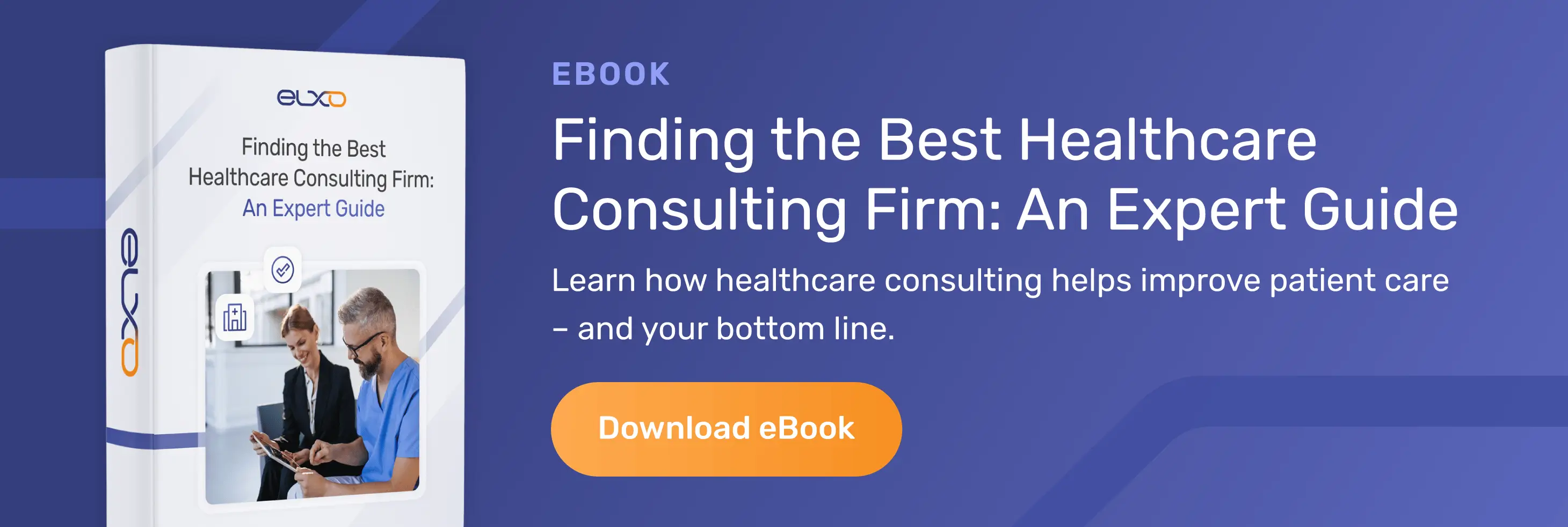Just as healthcare leaders and organizations must continuously adapt to industry shifts and keep up with the latest digital innovations, so too must software developers follow changes in what leaders consider critical needs and produce solutions that align with those needs. Efficiency is the name of the game, and it’s a cornerstone of agile methodology, which has been adopted for project management across many sectors but is rooted in software development.
Agile methodology – the process of breaking a project into phases and iterating and improving along the way – involves extensive collaboration as teams follow a cycle of planning, executing, and evaluating results. Agile software development in healthcare provides the foundation for developers to deliver more and better-quality tools, creates room for flexibility in project scopes, helps mitigate risk, and ensures final products are reviewed sufficiently and meet compliance requirements. Whether producing solutions in-house or working with external developers, project managers and team members should consider its benefits.
Fast Software Development – Healthcare’s Stake in an Agile Approach
Created more than two decades ago by a group of developers frustrated with the snail’s pace of software development at the time, agile development’s aim is continuous delivery – addressing ever-evolving market demands by quickly getting new products and features into customers’ hands. Agile software development in healthcare is critical to solving a litany of growing challenges that staff, clinicians, and patients face, by starting with a core problem and introducing additional capabilities that offer opportunities for enhancing operations, care delivery, and patient experience and engagement. And this doesn’t just apply to traditional applications – it’s also a fit for mobile healthcare software development. The industry continues to expand what it offers in terms of telehealth, mobile access to patient portals and other applications, and the use of connected devices.
As laid out in the Agile Manifesto, there are four key values of this methodology that are fundamental to software development – healthcare leaders and programmers can embrace them in a shift to a more agile and human-centric development environment. Agile promotes:
- Individuals and interactions over processes and tools
- Working software over comprehensive documentation
- Customer collaboration over contract negotiation
- Responding to change over following a plan
Of course, software designed for healthcare use cases can only be impactful once it’s adopted and used by physicians, staff, administrators, and patients, so it must be easy to understand. Agile software development in healthcare ensures through its iterative, rapid-cycle process that products are created with the end user in mind.
Putting the Pieces in Place
To reap the full benefits of agile in traditional and mobile healthcare software development, healthcare organizations and software developers must carefully plan and prepare. Here are seven suggestions for what should go into that preparation:
- Foster an inclusive culture of collaboration: From software developers to project managers to other stakeholders, working together is critical to agile software development in healthcare. All parties should be involved from the start to gather input and ensure the process aligns with the overall vision of the project. Agile environments may also be new to some team members, so those with more experience should be encouraged to ensure they’re comfortable with the process.
- Get as many perspectives as possible: Collaboration is more effective when projects are guided by cross-functional teams that bring varied perspectives. The exchange of ideas is enhanced and the interests of different users are not lost when developers are rapidly iterating and teams are working toward a larger, common goal.
- Consider how to approach large projects in phases: Creating a piece of software is a multi-step process made up of many steps, and the scope of what an application is intended to do can quickly change, potentially making the development process seem overwhelming. Break down larger projects into smaller, manageable pieces, which developers can map to show the structure and relationships between different components of a system and what needs to be done when. This visualization can help highlight how new requests would impact development already in motion.
- Prioritize security measures: The regulatory landscape in healthcare is so stringent around security and patient privacy that it’s crucial to document compliance work as part of agile processes. Access controls, encryption, patch management, and data backups are just a few of the essential security considerations when developing applications. Agile software development in healthcare emphasizes testing working software over managing comprehensive documentation, however, so frequent evaluations are necessary to ensure that the software can fend off all threats from bad actors, who are known for making lightning-fast adjustments.
- Test and measure often: Agile is a dynamic process that, in the healthcare context, is aimed at rapidly improving operations and patient experience. Quality assurance is grounded in gathering feedback and frequently testing throughout the development lifecycle, ensuring that the product performs as promised. Rollout of any software is also followed by measuring its impact and making further improvements as needed.
- Implement CI/CD practices: Continuous integration and delivery (CI/CD) predated the rise of agile but can supercharge the process. Agile focuses on collaboration and development teams, while CI/CD can accelerate delivery. It automates many of the steps in the development process and offers a practical way to break large projects into smaller parts. The pipeline also increases visibility into project changes through dashboards and notifications and includes automated tests for quick feedback.
- Offer training and support to end users: A successful software development process isn’t complete until the application is adopted by those it was designed for. In some cases, hesitation to try new technologies can put up a barrier to rollout, so project leaders may need to identify more engaged and tech-savvy individuals willing to learn the tool and act as an advocate among their peers. Leaders should be prepared with comprehensive training resources when the time comes and offer ongoing support and maintenance. For mobile healthcare software development, particularly aimed at designing patient-facing apps, this may involve the formation of ongoing focus groups.
Picking the Right Partner to Explore Agile Methodologies
Choosing to implement agile software development in healthcare company projects is an important but not always simple transition. Making the right decision about how to embark on a new approach comes down to whether you feel confident going it alone with your next application – which can be an expensive and cumbersome proposition – or outsourcing development to a partner.
Such a partner should be able to handle your low-code and custom software needs and build flexible solutions that can be reconfigured for use across service lines quickly and at a low cost.
Reach out today to learn more about how Elxo can help.




.jpg)

